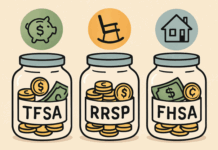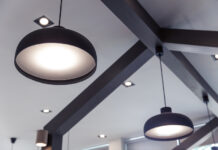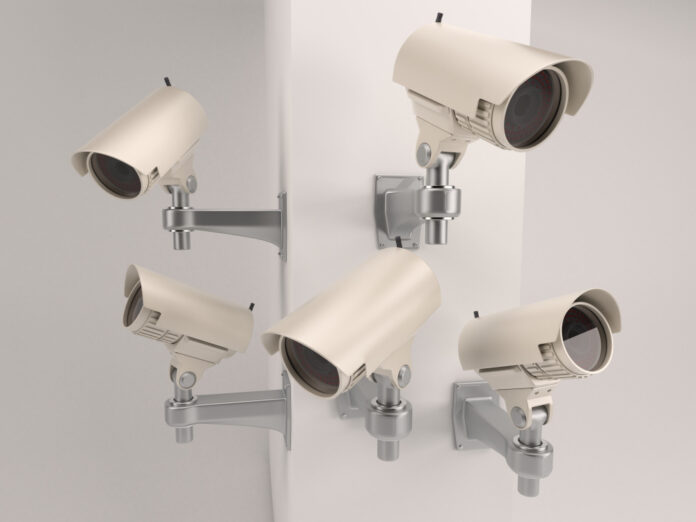Understanding CCTV Camera Placement Laws in the UK
Home CCTV systems and commercial surveillance cameras can be valuable tools for deterring crime and protecting property, but in the UK, CCTV camera placement use is regulated by strict privacy laws. In both residential and business settings, camera placement must comply with the Data Protection Act 2018 and the UK GDPR, which protect individuals’ rights over their personal data.
The rules depend on whether your CCTV camera captures only your own property or extend beyond its boundaries. Recording within your own land is generally straightforward, but capturing footage of neighbouring homes, shared areas, or public spaces introduces additional legal responsibilities.
Where You Can Legally Point Your CCTV Camera
Within Your Property Boundaries
You can freely position cameras to monitor your own home, garden, driveway, or other private land. This is the most secure way to use CCTV camera placement while minimising the risk of infringing on other people’s privacy.
When installing, it’s important to:
- Focus the lens on entrances, doors, and pathways you control
- Avoid angles that capture a neighbour’s windows, garden, or private activities
- Use built-in privacy masking functions to block out areas beyond your property
In some cases, covering shared spaces such as communal entrances or private car parks is allowed—provided that all residents agree and proper signage is in place.
Covering Public Areas
It’s sometimes lawful for a domestic or business CCTV system to capture a small section of public space, such as the pavement directly outside a property, especially if it’s necessary for security.
If this is the case:
- You must display clear CCTV signage stating that recording is taking place
- You should be able to justify why public areas are being recorded
- All recorded data must be handled according to UK GDPR rules
This means limiting what is captured, restricting who can access footage, and deleting it when it’s no longer needed.
Where You Cannot Point Your CCTV Camera
Neighbouring Properties and Private Spaces
It’s unlawful to film inside someone else’s home or garden without their consent. Doing so breaches privacy rights and may lead to formal complaints, fines, or orders to change or remove your CCTV camera placement setup.
To avoid problems:
- Adjust the camera angle so it excludes neighbouring areas
- Use privacy zones or digital masking to block certain parts of the image
- Test footage after installation to ensure no unintended coverage
Even accidental recording of private spaces can still count as a data protection breach.
Can My Neighbor’s Camera Point at My House? Here’s What You Can Do!
Sensitive or Restricted Locations
Certain places carry additional restrictions. Filming schools, hospitals, secure government buildings, or other sensitive locations without permission can lead to legal action. Businesses installing cameras near these sites should review local authority conditions and any relevant security regulations.
Compliance and Privacy Requirements
Signage and Notification Rules
If your CCTV records public areas or other people’s property, clear signage is required. Verbal notice alone is not sufficient under UK law.
Effective signage should:
- Be visible at all entry points to the monitored area
- Include the purpose of the recording, the operator’s contact details, and a clear CCTV symbol
- Use large enough text and contrasting colours to be easily read
This ensures that anyone entering the monitored space is aware they are being recorded.
Data Handling and Retention
Under UK GDPR, you can only keep footage for as long as it’s needed for the stated purpose—often 30 days for most domestic or commercial setups. Longer retention must be justified.
Good data handling includes:
- Storing footage securely, with access restricted to authorised people
- Deleting recordings promptly when no longer required
- Responding to Subject Access Requests from individuals who ask to see footage that includes them
Failing to follow these steps can lead to enforcement action by the Information Commissioner’s Office (ICO).
Best Practices for Positioning CCTV Cameras
Choosing the Right Height and Angle
For most purposes, mounting a CCTV camera between 2.5 and 3 metres high offers a good balance between visibility and security. This height reduces the risk of tampering while still capturing a clear view.
Avoid excessive zoom or overly wide-angle settings that may capture areas beyond your property unnecessarily. Before securing the camera, choose a security camera that offers the right balance between coverage and privacy masking, and test the feed to confirm the field of view.
Seeking Professional or Legal Advice
If you’re unsure about the legality of your CCTV placement, consider consulting:
- A professional installer who understands UK privacy rules
- Your local council’s planning or security team for site-specific guidance
This is especially important for properties near sensitive sites, businesses or homeowners looking to keep their premises secure in areas with complex privacy concerns.
Find a Home-Based Business to Start-Up >>> Hundreds of Business Listings.















































